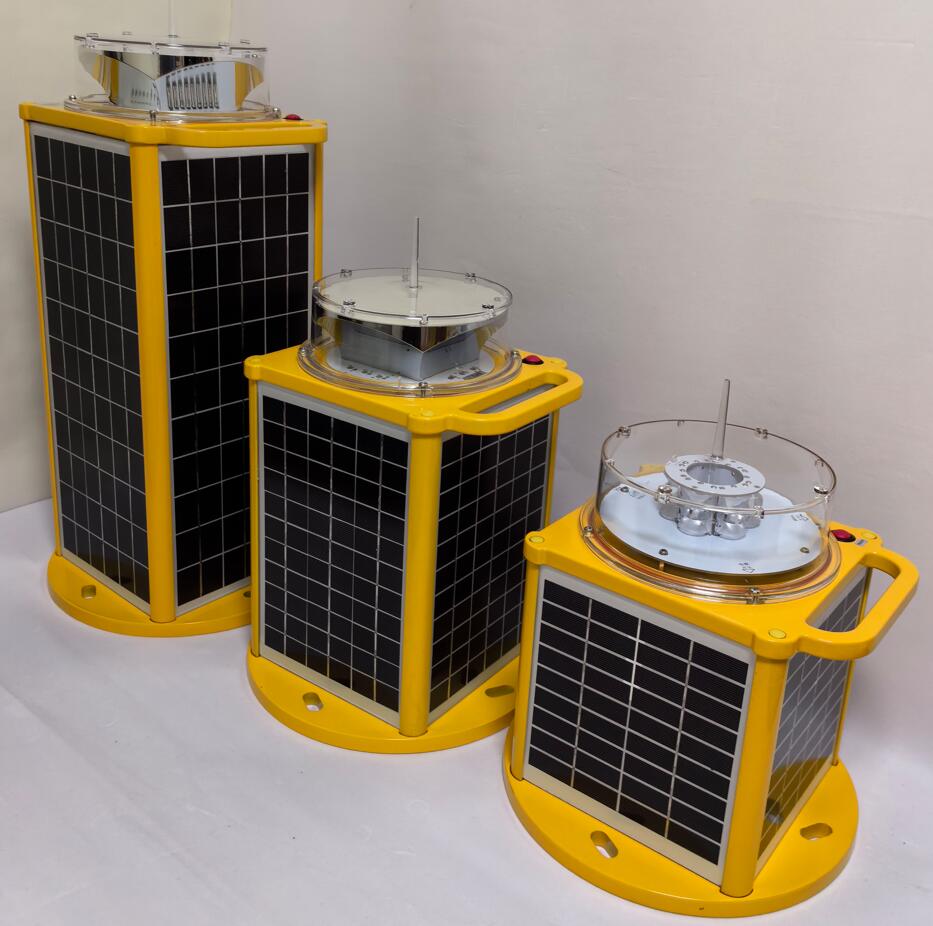Solar Powered Marine Lights: Illuminating the Waters Sustainably
As the maritime industry embraces renewable energy, solar powered marine lights have emerged as an efficient and eco-friendly lighting solution for boats, docks, and offshore installations. These lights harness solar energy to provide reliable illumination without relying on grid electricity or fuel-powered generators. This article explores the advantages, applications, and technological advancements of solar powered marine lights, demonstrating their role in modern marine safety and sustainability.
Why Solar Powered Marine Lights?
Traditional marine lighting systems often depend on batteries or shore power, which can be costly and environmentally taxing. Solar powered marine lights eliminate these drawbacks by using photovoltaic panels to charge during the day and illuminate at night. Key benefits include:
Energy Independence – No need for external power sources, reducing operational costs.
Zero Emissions – Solar energy is clean, reducing the carbon footprint of marine activities.
Low Maintenance – Fewer wiring issues and no fuel requirements mean minimal upkeep.

Enhanced Safety – Reliable lighting for navigation, docking, and emergency situations.
Types of Solar Powered Marine Lights
Different marine environments require specialized lighting solutions. Here are the most common types of solar powered marine lights:
1. Navigation Lights
Essential for boats and ships, solar-powered navigation lights ensure compliance with maritime safety regulations. They provide visibility to other vessels, preventing collisions in low-light conditions.
2. Dock and Pier Lights
Used to illuminate marinas, docks, and harbors, these lights improve safety for nighttime docking and pedestrian movement. Many models feature motion sensors for energy efficiency.
3. Underwater Lights
Popular in luxury yachts and fishing boats, solar-powered underwater lights attract marine life, enhance aesthetics, and improve nighttime visibility in the water.
4. Emergency and Marker Lights
Critical for buoys, channel markers, and offshore platforms, these lights ensure safe navigation in hazardous areas without requiring frequent battery replacements.
Key Features of High-Quality Solar Marine Lights
When selecting solar powered marine lights, consider the following features for optimal performance:
Waterproof & Corrosion-Resistant – Marine-grade materials (e.g., stainless steel, polycarbonate) withstand saltwater exposure.
High-Efficiency Solar Panels – Monocrystalline panels offer better energy conversion in limited sunlight.
Long-Lasting Batteries – Lithium-ion or deep-cycle batteries ensure extended operation after sunset.
Automatic Sensors – Dusk-to-dawn activation and motion detection improve energy efficiency.
Applications Across the Marine Industry
1. Recreational Boating
Sailboats, yachts, and fishing vessels use solar powered marine lights for deck lighting, cabin illumination, and safety beacons, enhancing nighttime visibility without draining onboard batteries.
2. Commercial Shipping
Cargo ships and ferries integrate solar lighting for emergency exits, stairwells, and deck areas, reducing reliance on diesel generators.
3. Offshore and Coastal Infrastructure
Lighthouses, buoys, and oil rigs benefit from solar-powered lighting, ensuring continuous operation in remote locations.
4. Environmental Conservation
Solar lights minimize light pollution and reduce the ecological impact of marine operations, supporting sustainable maritime practices.
| Solar Powered Marine Lights |
Installation and Maintenance Tips
To maximize the efficiency of solar powered marine lights, follow these best practices:
Optimal Placement – Install solar panels where they receive maximum sunlight, avoiding shadows from masts or rigging.
Regular Cleaning – Salt and debris can reduce solar efficiency; periodic cleaning ensures peak performance.
Battery Care – Check battery health annually and replace them when capacity diminishes.
The Future of Solar Marine Lighting
Advancements in solar technology, such as flexible solar panels and ultra-efficient LEDs, are making solar powered marine lights more durable and versatile. Innovations like hybrid solar-wind systems and smart lighting controls (remote monitoring via IoT) are set to revolutionize marine illumination.
| Solar Powered Marine Light |
Governments and environmental agencies are also promoting solar adoption in maritime regulations, encouraging vessels and ports to transition to renewable energy solutions.
Solar powered marine lights represent a smart, sustainable choice for modern maritime lighting needs. From enhancing safety to reducing environmental impact, these lights offer a practical and future-proof solution for boaters, commercial fleets, and offshore installations.
As solar technology continues to evolve, solar powered marine lights will play an increasingly vital role in shaping a greener, more efficient marine industry. Whether for navigation, decoration, or emergency use, switching to solar lighting is a bright idea for anyone on the water.
